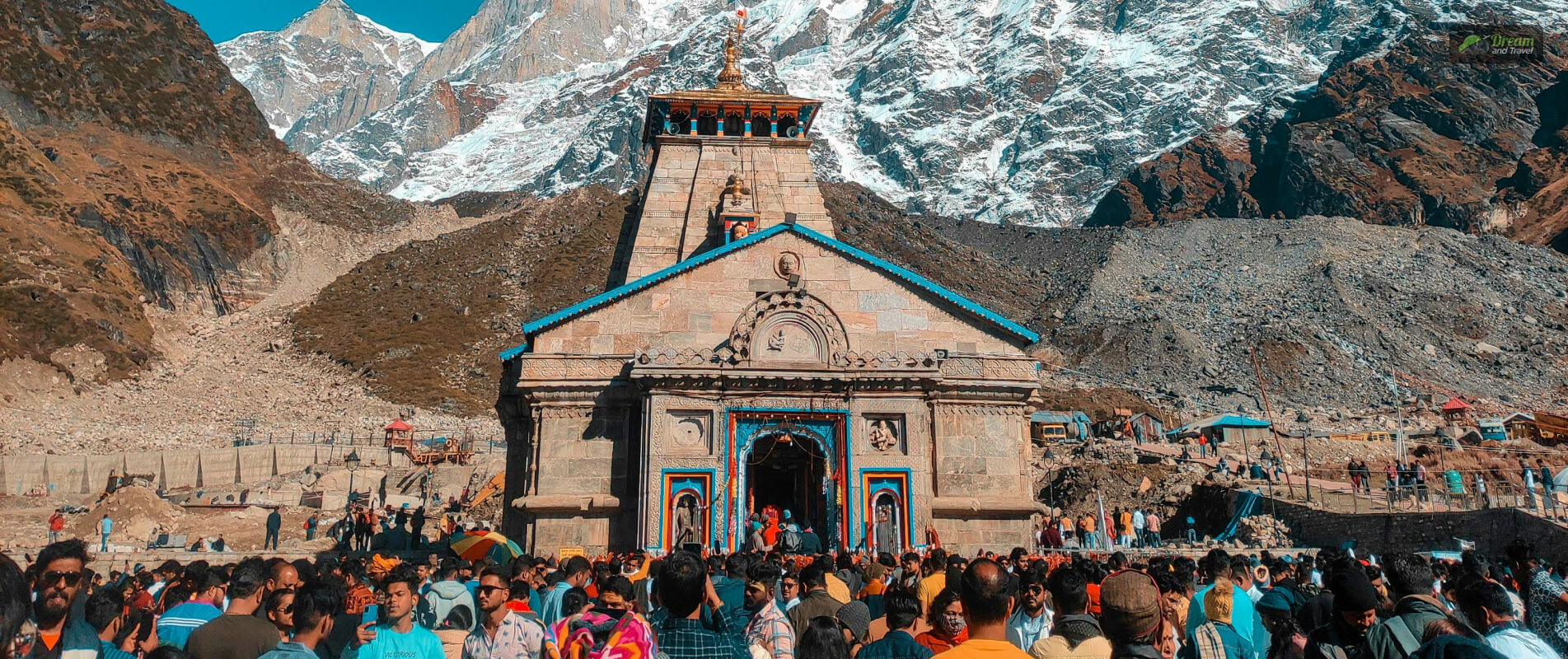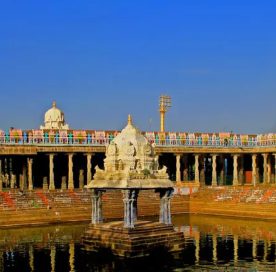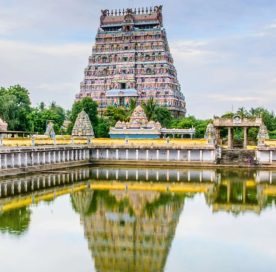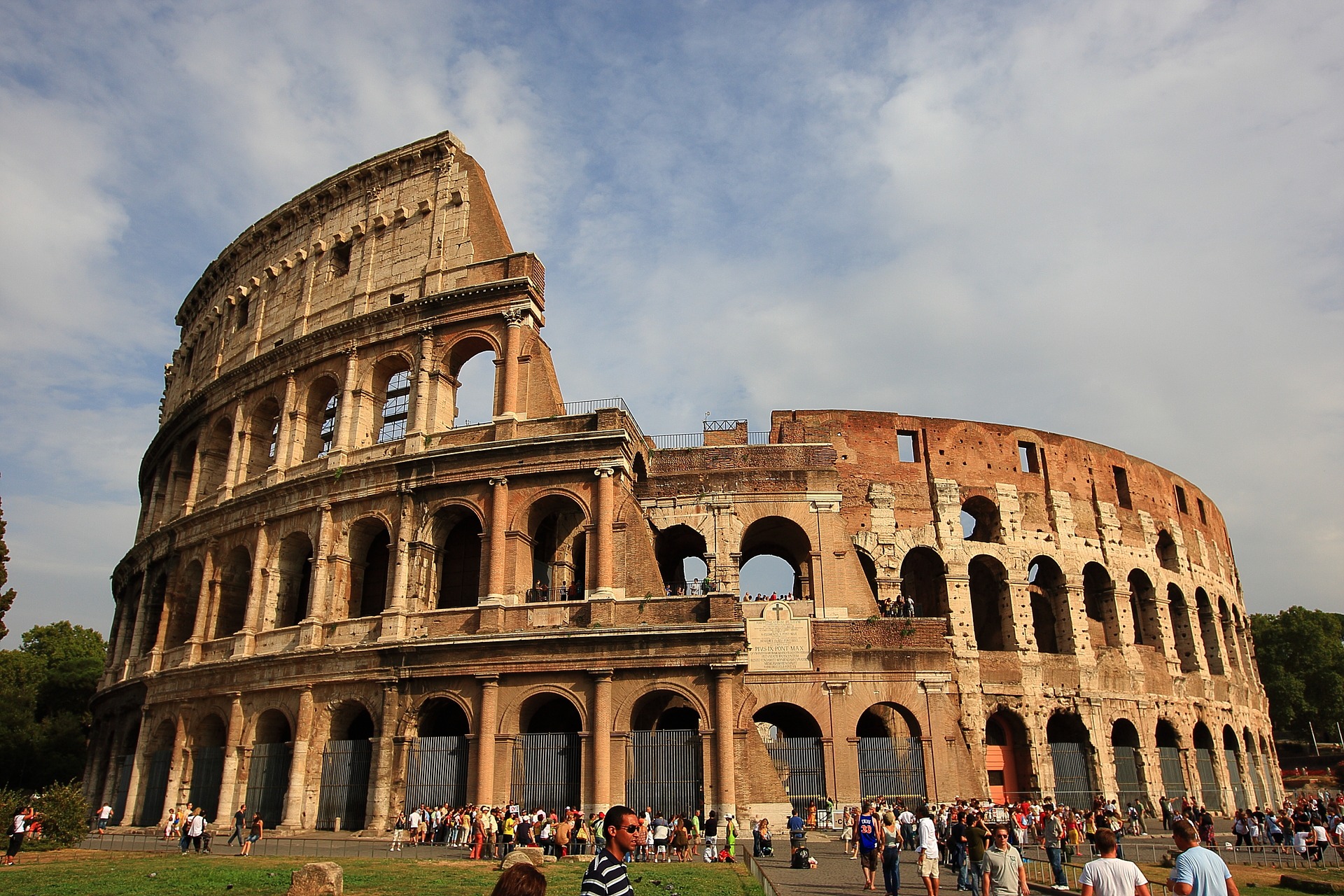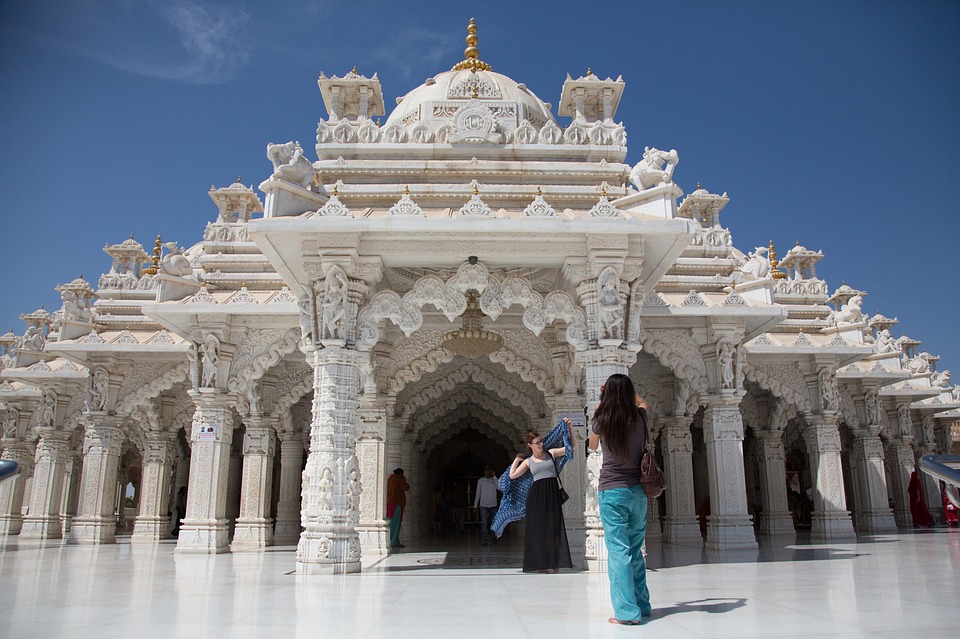“Om bhur bhuvah swaha
Tat savitur varenyam
Bhargo devasya dhimahi
Dhiyo yo nah prachodayat”
This Shloka, and many other verses of Hinduism, the oldest religion in the world, is a faith that teaches to meditate on the creator of the universe and pray for an enlightened mind. Further, the religion has been nourishing inclusivity as its very essence.
So, as the Shanti Mantra says,
“Om Saha Naavavatu, Saha Nau Bhunaktu
Saha Veeryam Karavaavahai
Tejasvinavadhitamastu Ma Vidvishaavahai
Om Shanti Shanti Shantih”
In Hinduism, it’s always about nourishing together and remaining protected together. Also, many Hindu schools of philosophy, especially Advaita Vedanta have been popular among the great scientific minds in the world.
So, when Erwin Schrodinger speaks about Singular Consciousness, he presents the concept of oneness in Advaita Vedanta in a new light.
Nevertheless, this is not the right place or scope to discuss what is the oldest religion in the world or why it is so noble. The vastness of religion takes a lifetime and beyond to fathom, and it takes sincere studies and a lot of Sadhanas to understand what the great religion is all about.
However, traveling to countries with a sizable Hindu population can be another way to get some idea about this religion. Everyone today knows India is the biggest country in the world, and it has always been a revered destination for religious and spiritual tourism.
Also, there are even countries like Sri Lanka, Nepal, and Malaysia practicing Hinduism. So, here is a Dream and Travel guide on the countries you need to visit to experience Hinduism. I have also briefly discussed its origin and its comparison with Judaism.
What Is The Oldest Religion In The World | A Brief Guide On The Origin Of Hinduism?
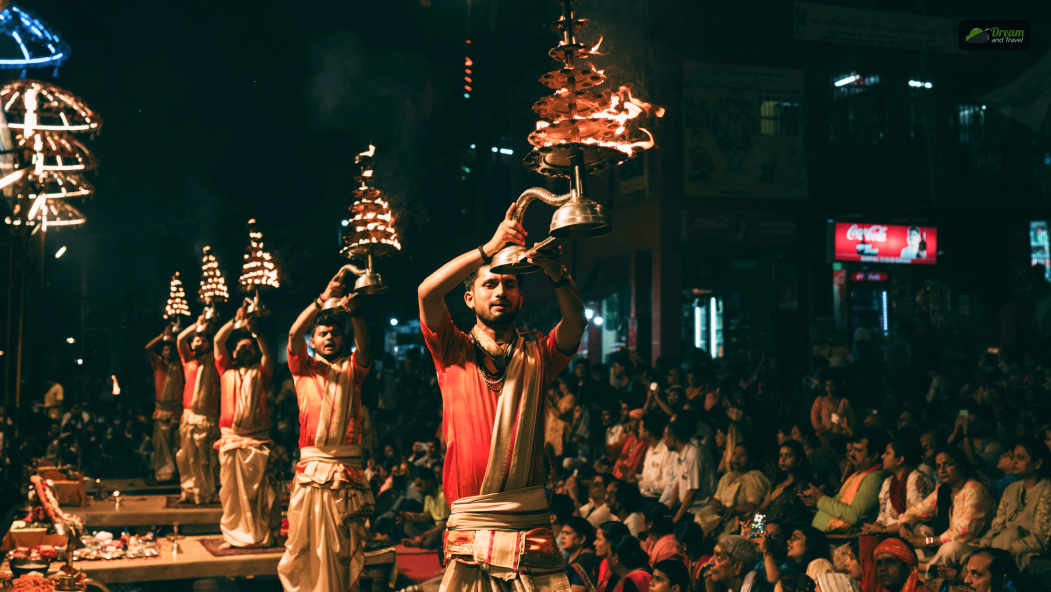
To know what is the oldest religion in the world, you need a brief understanding of human history.
The origin of Hinduism takes us back to the ancient civilization built around the Indus River Valley in the Indian subcontinent (2300-1500 BC).
The Persians first used the word Hindu, meaning beyond the Indus, and for the Chinese, Indus became Indu, and thus, names like India and Hindu came.
So, Hinduism, beyond religion, is an ancient civilization and its continued legacy. It did not follow a single follower, priesthood, or scripture. Even today, you can be a Hindu and Vaishnavite, a Shaivite, or a worshipper of Shakti and Smartism.
Further, as I mentioned earlier, Hinduism has always operated with an inclusive mindset in its society and practices. Therefore, unlike popular Abrahamic religions like Christianity or Islam, it united people irrespective of their belief systems.
With time, around 1500-500 BC, the Vedic Period brought chanting and many practices as part of the religion. Further, around 500 BC to 500 AD, the emphasis on worshipping deities and most Puranas or Epics belongs to this era.
The best ancient texts to know about Hinduism are the Upanishads, Puranas, Bhagavad Gita, Ramayana, and Mahabharata.
Tolerance, Moksha (Salvation), enlightenment, and being one with the eternal spirit (Atman) are some of the prime concepts of Hinduism. Moreover, Hinduism is humankind’s Eternal Order or the Sanatana Dharma and is the ultimate in human spirituality.
| What Is The Oldest Religion In The World? Did You Know These? Indus Valley seals aged between 2500 and 1700 BCE had Swastikas and phallic symbols. Further, the figurines found during the Indus Valley Civilization establish the worship of the mother Goddess. Moreover, the paintings of Bhimbetka rock shelters are 8000 BCE old, and they depict cows and bulls. These are sacred animals in Hinduism. These are some archaeological evidence of Hinduism being the oldest religion in the world. |
Travel To These Hindu Countries In The World | Knowing The Oldest Religion In The World
Now, you know what is the oldest religion in the world and Hinduism, today, has followers almost everywhere. However, most countries with a sizable Hindu population are in the continent of Asia.
India, of course, rules the list, and other countries are Nepal, Bangladesh, Indonesia, Pakistan, and Sri Lanka.
Surprisingly, the USA is next on the list and then comes another Asiatic country, Malaysia. (Source: World Population Review)
1. India
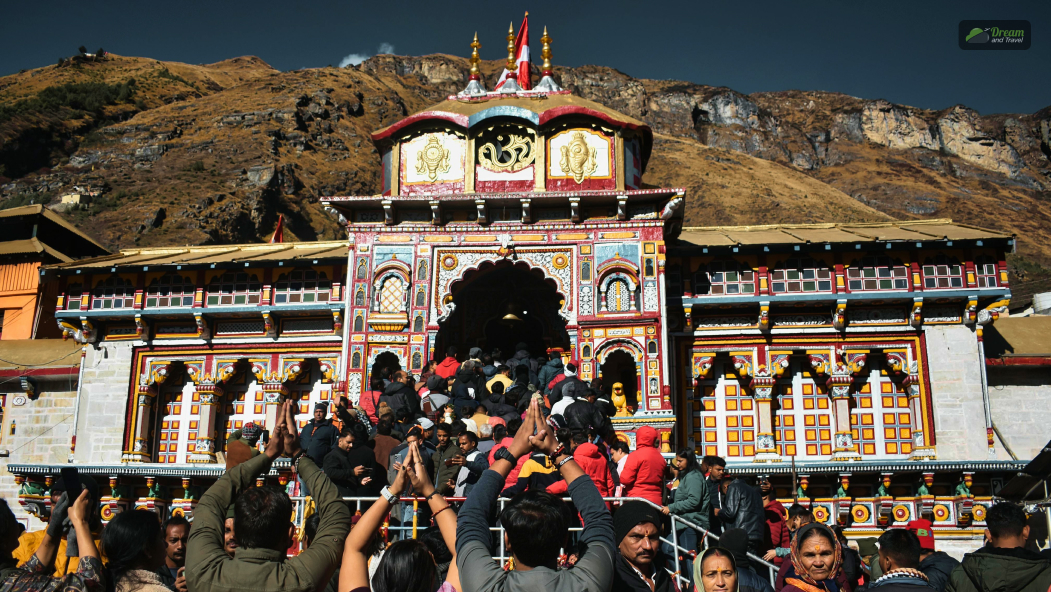
India, with 1.1 billion (2020) practicing Hindus, is the country you need to visit to learn about Hinduism. It is a diverse country for tourism, with the Himalayas in the north, the Thar Desert in the west, the Bay of Bengal in the east, and the Indian Ocean in the South.
Further, India has the four holiest sites or Char Dhams in Hinduism: Badrinath, Puri, Rameshwaram, and Dwarka. Further, it has Panch Kedar, Kedarnath, Tungnath, Kalpeshwar, Rudranath, and Madhyamaheshwar.
2. Nepal
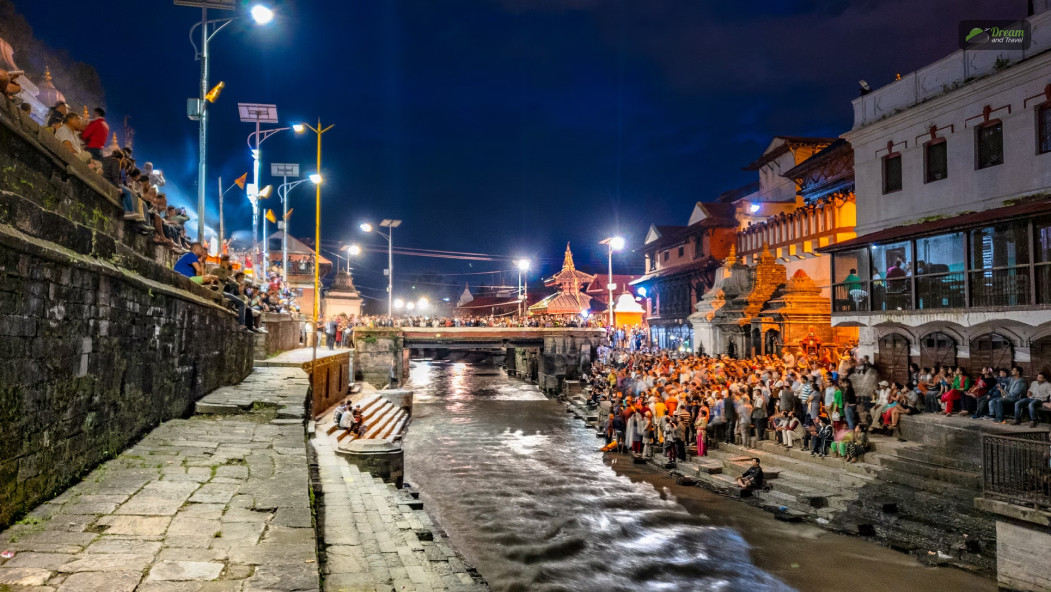
Nepal, the land of Mount Everest, is a neighbor of India and it is the country with the second-highest population of the Hindus.
Pashupatinath Temple in Kathmandu is at the epicenter of religious tourism in Nepal. Other prominent Hindu pilgrimages in Nepal are Muktinath Temple, Budhanilkantha Temple, and Dupcheswor Mahadev.
3. Bangladesh
Despite the political unrest and the growing attacks on the Hindus, Bangladesh is a country where millions of followers of this religion live.
The Dhakeshwari Temple in Dhaka is the national temple of the country. It is also one of the holiest Shakti Peethas in the Indian Subcontinent. The Ramna Kali Temple and Bagerhat Shiva Mandir are some other religious sites in Bangladesh.
4. Indonesia
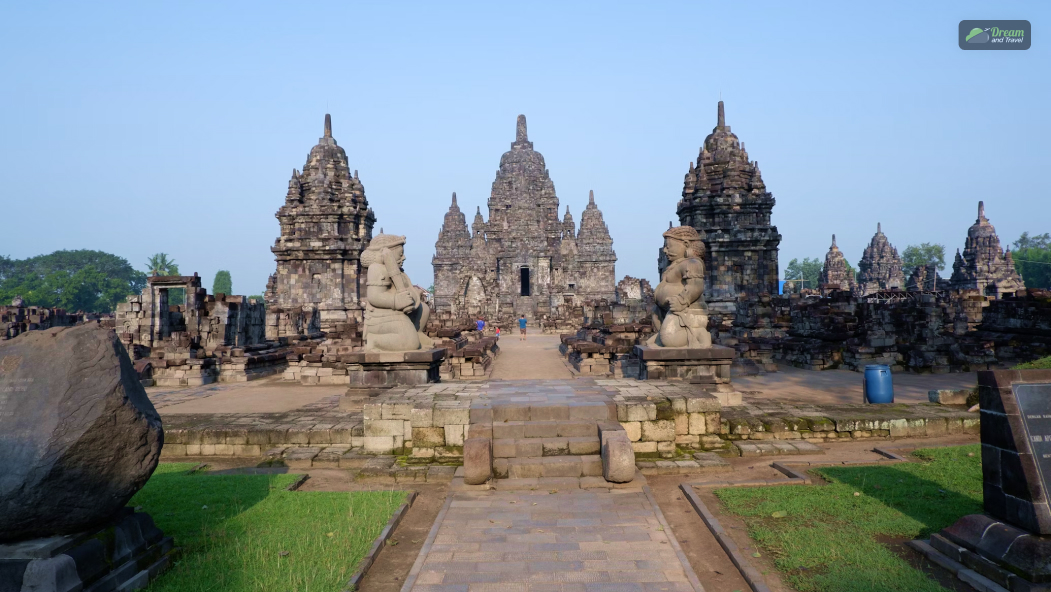
Hinduism is an important part of the rich culture of Indonesia. Prambanan Temple, Tanah Lot, and Pura Goa Lawah are important Hindu pilgrimages in Indonesia.
The Prambanan Temple is devoted to Lord Shiva, and this 10th-century temple has various portrayals of the Ramayana.
5. Pakistan
Pakistan, despite being a Muslim nation and a country born out of the Hindu-Muslim partition of India, has millions of Hindus.
Hinglaj Mata Mandir in Balochistan is one of the most revered Shakti Peethas. Many Hindus across the world go on this three-day pilgrimage to visit the temple and deity.
Further, the 1200-year-old Valmiki Temple in Lahore is one of the oldest Hindu pilgrimages in the country. Other prominent holy sites for the Hindus in Pakistan are Uthe markot Shiv Mandir and Katas Raj Temples.
6. Sri Lanka
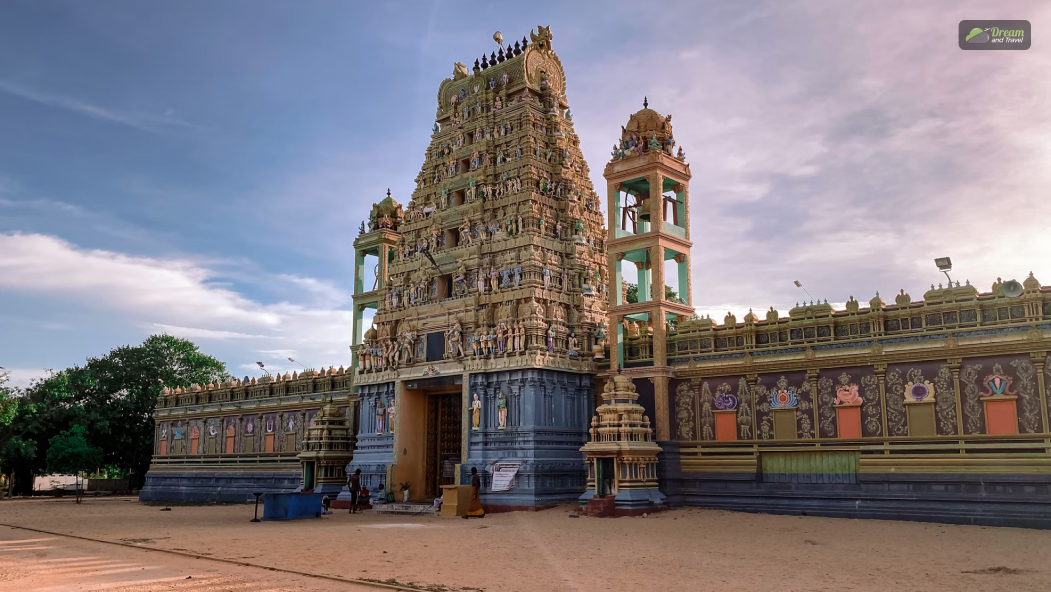
You can call Sri Lanka the country of beaches, heritage, nature, and culture. However, it is also a prominent land of the Hindus.
Sri Muthumariamman Kovil, Matale, is one of the oldest Hindu temples in Sri Lanka. Other prominent Hindu temples here are Seetha Amman Temple, Ariyalai Siddhivinayakar Temple, etc.
7. The USA
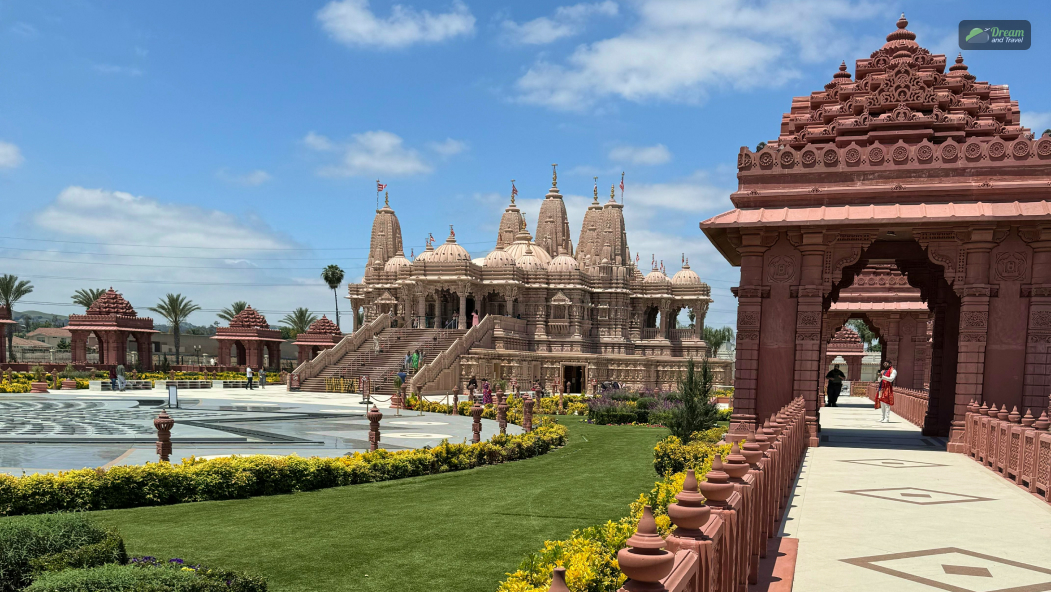
Far away from the Indus River, the USA is now one of the countries having many followers of Hinduism.
Swaminarayan Akshardham Temple in New Jersey, Radha Madhav Dham in Austin, and Saiva Siddhanta Church in Hawaii are some important places for the Hindus in the USA.
Further, the ISKCON centers in the USA have become uniting grounds for Vaishnavites and Hindus in the country.
8. Malaysia
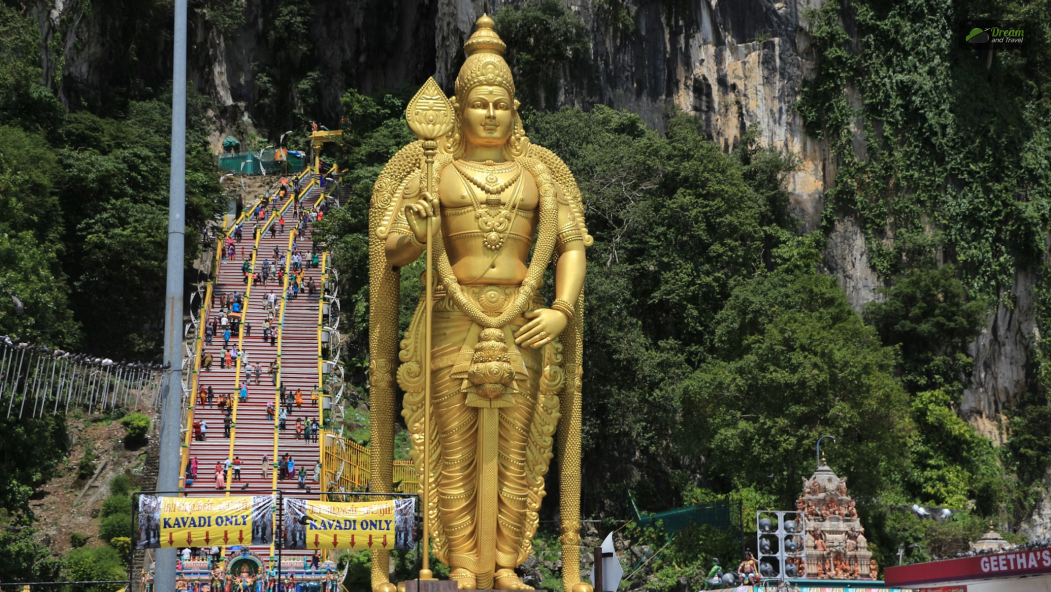
Malaysi, a land of cultural diversity, has many Hindu citizens. Further, Arulmigu Sri Rajakaliamman Glass Temple, Batu Caves, and Sri Mahamariamman Temple are some important Hindu pilgrimages in Malaysia.
Thaipusam, an important Hindu festival in Indonesia, celebrates the victory of Murugan, the son of Lord Shiva and Mata Parvati over the demons.
Visit These Oldest Hindu Temples In The World | Understanding The Essence Of Hinduism
Hinduism, being an ancient way of living, has many temples and religious sites taking us back to antiquity. You will find most of these ancient temples in South India.
Further, visiting these ancient temples gives an idea about the richness, philosophy and overall essence of the religion. So, if you want to know what is the oldest religion in the world and what is its true essence, a visit to these temples is a must.
1. Mundeshwari Temple
Location: Bhagwanpur, Bihar, India
The Mundeshwari Temple, dating back to the Gupta Period, is the oldest functional temple in the world. Lord Shiva and Goddess Parvati are worshipped here.
Mundeshwari or Vaarahi on Mahish is the main deity of the temple, and the Pancharatna Shiva Linga is the Bhairava or consort of the Devi. The Shiva Linga changes its color as the position of the Sun changes in the sky.
Also, don’t forget to offer your prayers at the Vishal Nandi idol on the west side of the main temple entrance.
2. Kailasa Temple
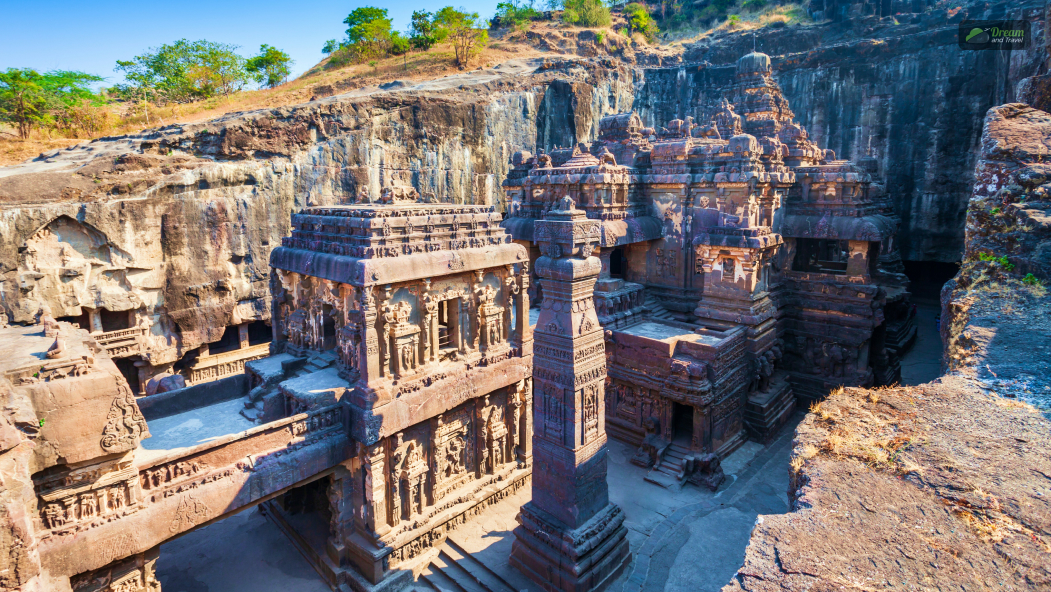
Location: Ellora, Maharashtra, India
The Kailasa Temple, with intricate artwork, is an 8th-century old temple. Further, it is an architectural wonder of the Ellora Cave Temples, a UNESCO World Heritage Site.
It was built by King Krishna I in 760 AD. Beyond the magnificent rock architecture and impressive sculptures, this temple stands for the journey from matter to mind or from the physical to the spiritual world.
The temple also stands for the fusion of the opposites and the union of the divine masculine (Purusha) and divine feminine (Prakriti).
3. Brihadeeswarar Temple
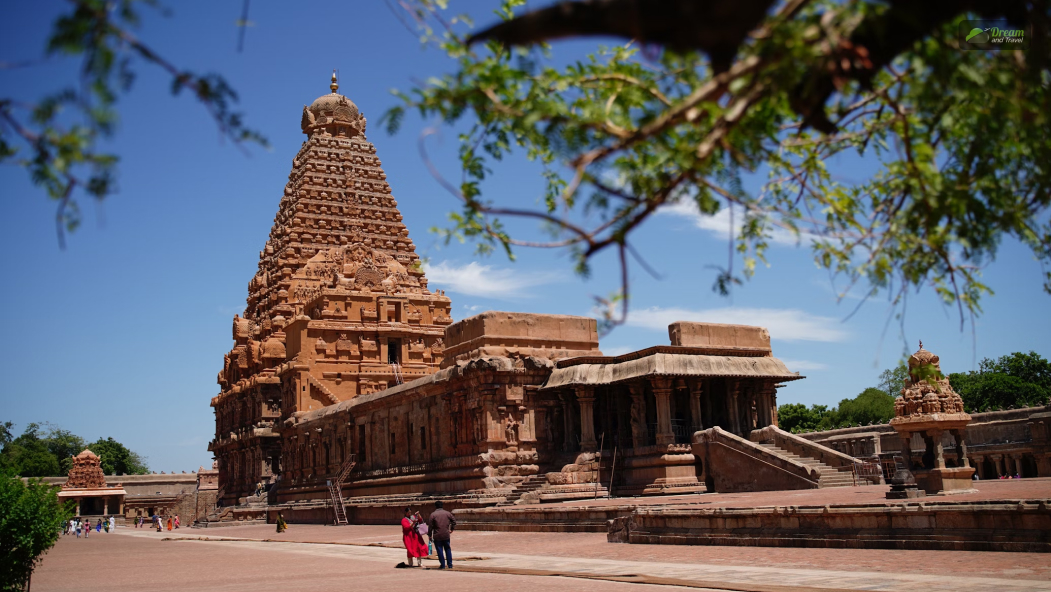
Location: Thanjavur, Tamil Nadu, India
Also known as the Thanjavur Temple, the Brihadeeswarar Temple is a UNESCO World Heritage Site. It has an enormous Shiva Linga as the deity and its architecture shows an impressive Dravidian style with vimana and mandapam.
It was built by Rajaraja King I of the Chola Dynasty in the 11th century.
4. Bateshwar Temple
Location: Madhya Pradesh, India
Built by the Gurjara kings, the Bateshwar Temple has the early Gurjara-Pratihara architectural style. It was made of sandstone between the 8th and 10th centuries.
Within the Chambal River valley fort is the temple to worship Lord Shiva, Mata Parvati, and Vishnu.
5. Kandariya Mahadev Temple

Location: Khajuraho, Madhya Pradesh, India
The Kandariya Mahadev Temple takes us back to the 1017 – 1029 CE when Chandela king Vidyadhar built this temple.
A part of the Khajuraho group of temples, it is an architectural marvel with erotic sculptures. Further, it is made of sandstone and situated on the foundation of granite stones.
Moreover, the word Kandariya means the Lord of the Caves and it comes from the word Kandara, meaning caves in Hindi.
6. Parashurameshvara Temple
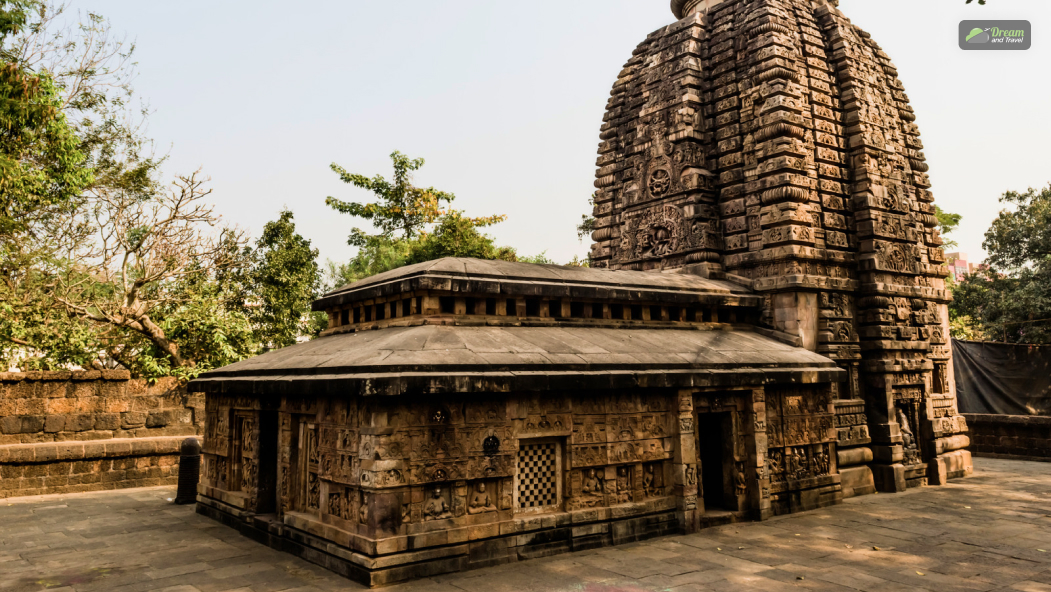
Location: Bhubaneshwar, Odisha, India
Early Orissan or Kainga architecture finds its best expression through the architecture of the Parashurameshvara Temple in Odisha. It was built in the 7th century by Madhavaraja II of the Shailodbhava Dynasty.
There are 108 Shiva Lingas on the northwest corner of this temple. Further, don’t miss the sculptures of Saptamatrikas or the seven forms of Shakti in this temple.
7. Lepakshi Veerabhadra Temple

Location: Lepakshi, Andhra Pradesh, India
Sri Veerabhadra temple, dedicated to the most fierce avatar of Lord Shiva, is a UNESCO World Heritage Site. You must not also miss the monolithic bull (Nandi) sculpture here.
The story of the temple and the village takes us back to the days of the Ramayana. This is the place where a wounded Jatayu fell after his fight with Ravana to save Sita Maiya. The literal meaning of Lepakshi means Arise (Le) Bird (Pakshi) in Tamil.
Furthermore, this temple is a brilliant example of Vijayanagara architecture, art, and sculpture.
8. Virupaksha Temple
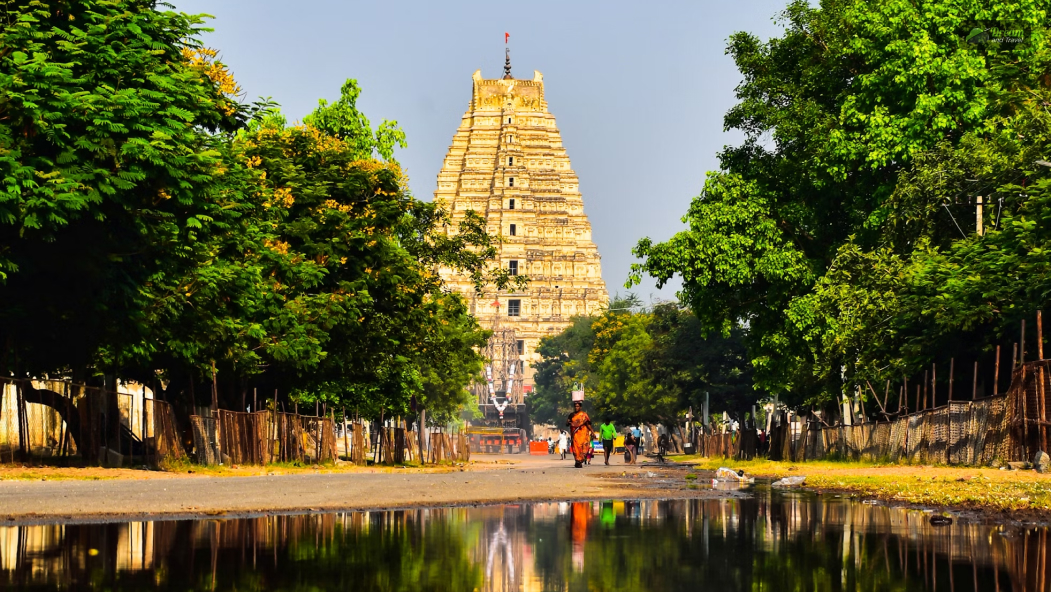
Location: Hampi, Karnataka, India
A temple of Lord Shiva, the Virupaksha Temple takes us back to the 7th century. This temple in Hampi, a UNESCO World Heritage Site, also has the shrines of Vidyaranya and Bhuvaneshwari.
The temple has three towers or Gopurams, and the Eastern Tower (the main entrance) has the most beautiful sculptures of Hindu Gods and Goddesses. Further, don’t miss to watch the inverted shadow of the pillar on a wall inside the temple.
9. Sri Ranganathaswamy Temple
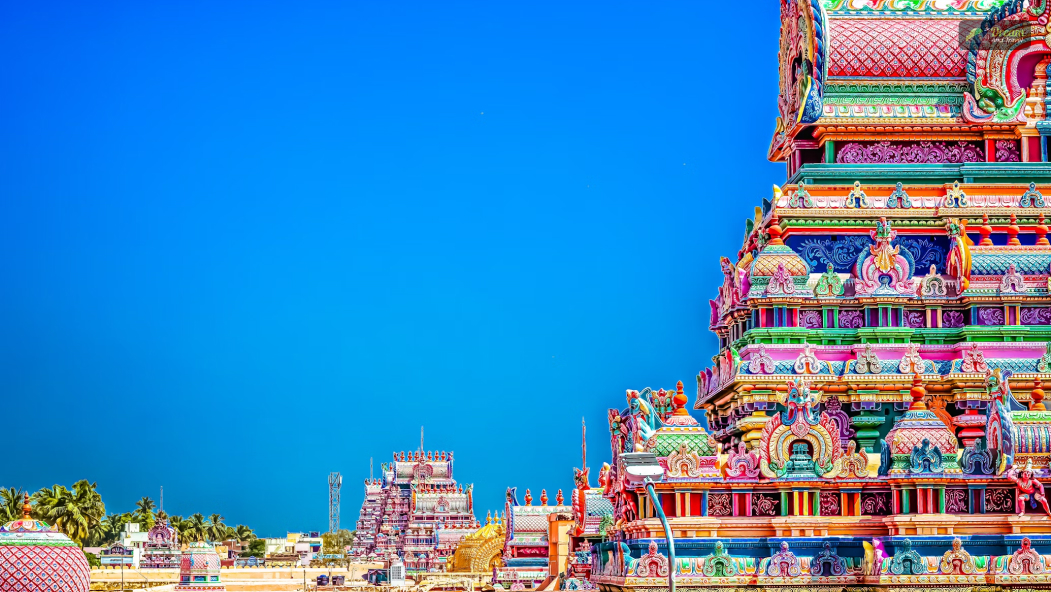
Location: Srirangam, Tamil Nadu, India
Sri Ranganathaswamy Temple in Srirangam is considered the most revered among the 108 holy Vishnu temples. Further, it is the first self-manifested site (total 8) or Swayam Vyakta Kshetras of Lord Vishnu.
With its construction beginning in the 10th century, it is one of the oldest functional Hindu temples. Further, it has the most beautiful Dravidian architecture.
Hinduism Vs. Judaism | What Is The Oldest Religion In The World?
This Hinduism vs. Judaism conflict always arises when anyone asks you about what is the oldest religion in the world.
However, the origin of Hinduism goes back to 2300 BCE, whereas Judaism started in around 2000 BCE. This religion was started after the covenant of God and Abraham. This was followed by Moses receiving the Ten Commandments on Mount Sinai.
So, Hinduism is the oldest religion in the world and Judaism comes after that. Some other ancient religions in the world are Zoroastrianism, Buddhism, Jainism, Confucianism, Shinto, Greek religion, Celtic religion, and Christianity.
